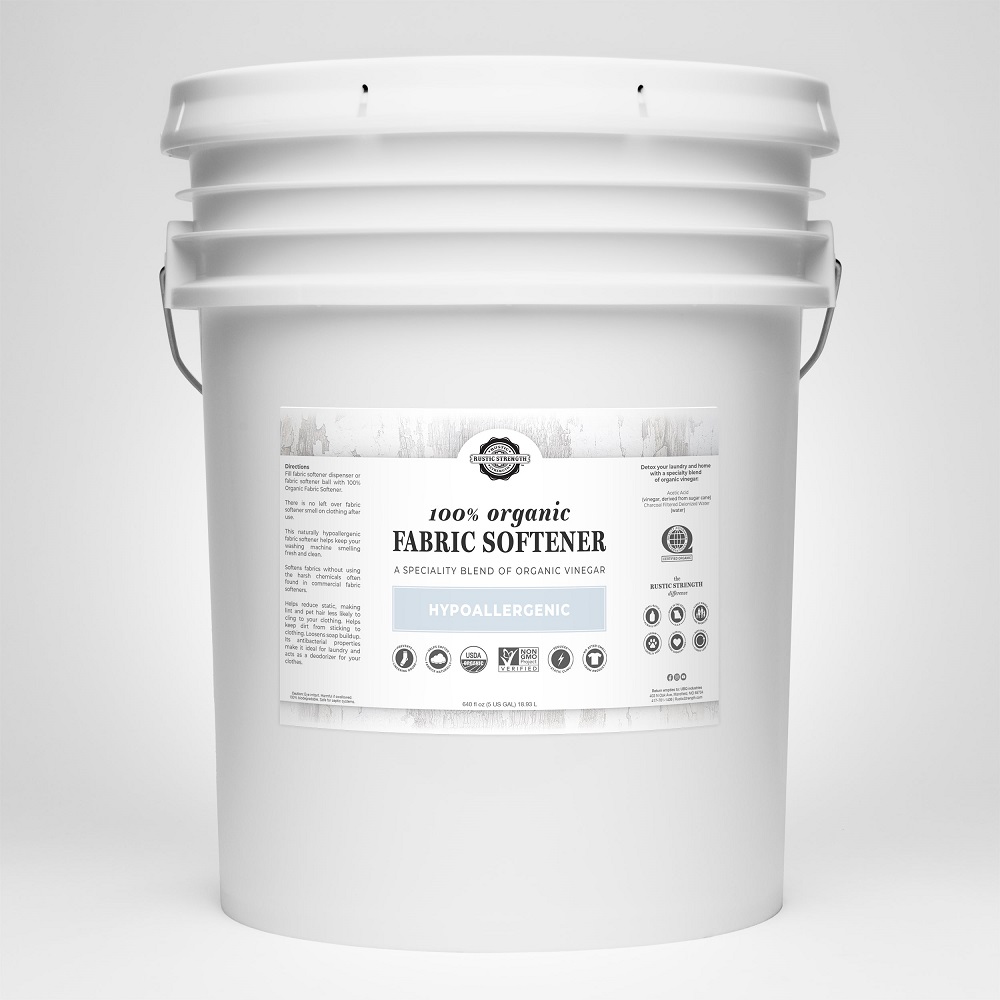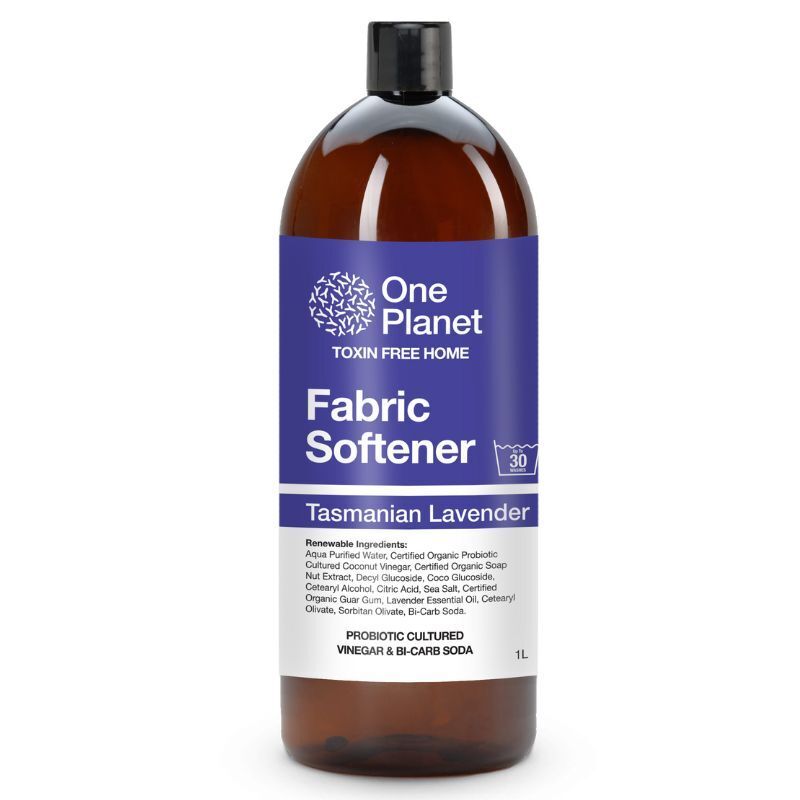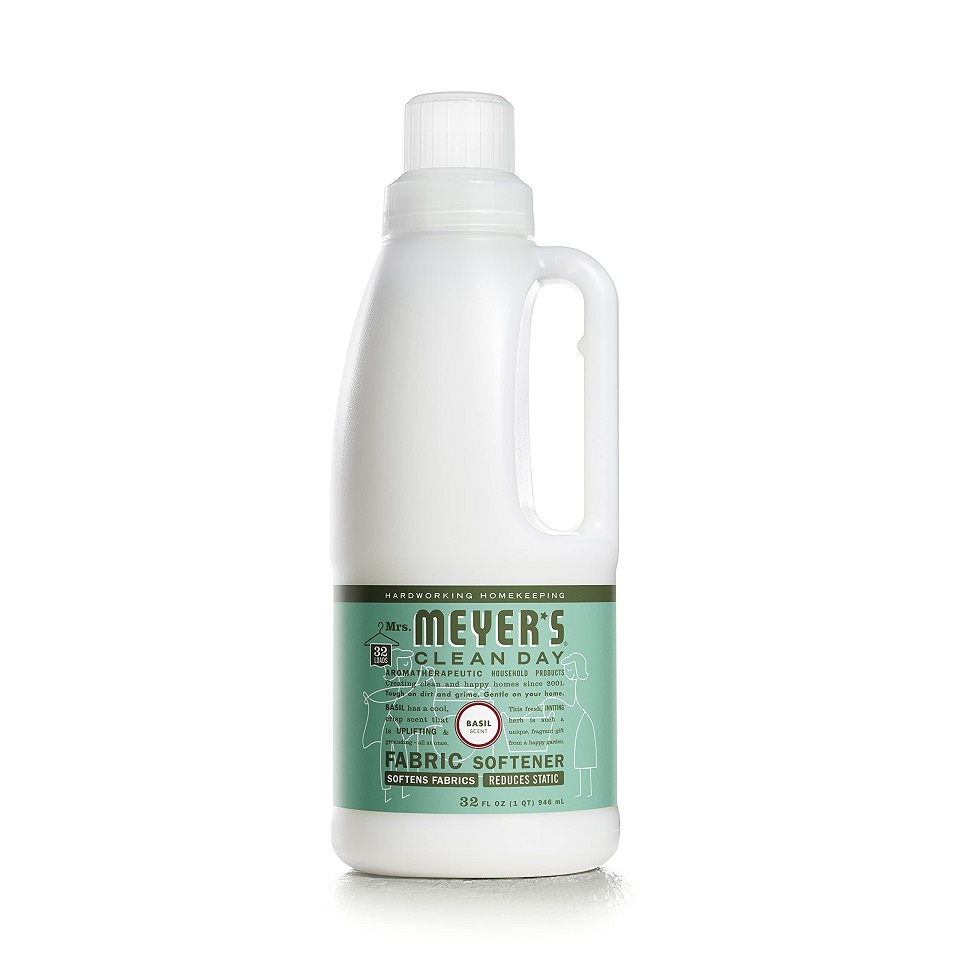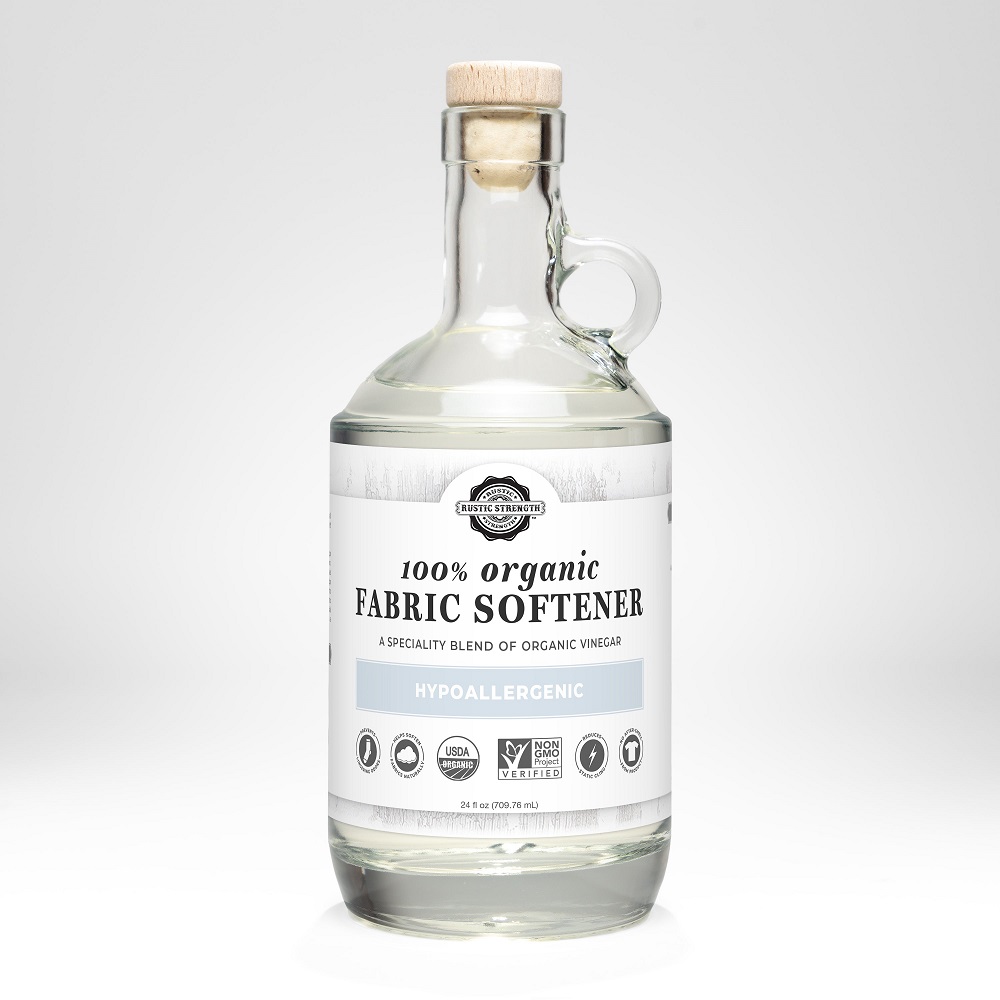Introduction
Many people love soft, fluffy laundry. For this reason, fabric softener is a popular product. However, it contains chemicals that may not be safe for all fabrics or for everyone’s skin. This is where vinegar comes into play. Vinegar is a natural, affordable alternative that can work wonders in the laundry room. In this article, we will delve into the benefits of using vinegar instead of fabric softener. We will explore its effectiveness, methods of use, and even some precautions.
What is Vinegar?
Vinegar is a liquid produced through the fermentation of ethanol. It is commonly used in cooking and cleaning. There are many types of vinegar, such as white, apple cider, and balsamic. White vinegar is the most commonly used type in laundry. It is effective, economical, and easily accessible.
The Science Behind Vinegar
Vinegar consists primarily of acetic acid, which gives it its sour taste and smell. This acid has several interesting properties. For one, it can help to break down residue left behind by detergents. Many fabric softeners leave a film on clothes. This can make them feel stiff over time. Vinegar helps to eliminate this residue, leaving your clothes feeling soft and clean.

Additionally, vinegar has natural antibacterial properties. This means it can kill bacteria that may linger on your garments. It can also neutralize odors, making your laundry smell fresh. As a natural product, vinegar is safer for both your clothes and your skin.
Benefits of Using Vinegar in Laundry
Using vinegar as a fabric softener comes with multiple benefits. First, it is cost-effective. Fabric softeners can be expensive, especially if you use them frequently. A bottle of vinegar is usually much cheaper, and it lasts a long time.
Environmentally Friendly Choice
Another significant advantage of vinegar is that it is environmentally friendly. Many fabric softeners contain harmful chemicals that can pollute waterways. These chemicals can also damage the fabric over time. By substituting vinegar, you make a choice that is better for the planet.
In addition, vinegar is biodegradable. This means it breaks down naturally and doesn’t leave harmful residues in your wash. If you’re looking to adopt a greener lifestyle, switching to vinegar is a simple yet effective step.
Non-Toxic and Safe for Sensitive Skin
Many people suffer from allergies or skin sensitivities caused by the chemicals found in conventional fabric softeners. Some common symptoms include rashes, itching, or respiratory issues. Vinegar, on the other hand, is a natural product that is less likely to irritate the skin.
Using vinegar can also benefit baby clothing. Babies can have very sensitive skin. Washing their clothes with vinegar instead of fabric softener ensures that they stay soft without the risk of irritation. This makes vinegar a perfect choice for parents looking for safer and gentler options in their laundry routines.
How to Use Vinegar in Your Laundry
Using vinegar in your laundry is easy. You can incorporate it into your regular washing routine without any fuss. First, you need to determine the right amount of vinegar to use. Generally, half a cup to one cup of vinegar in the rinse cycle is sufficient.
Adding Vinegar to the Wash Cycle
You can add vinegar at different stages of the wash cycle. One way is to include it in the fabric softener compartment of your washing machine. When the rinse cycle begins, the vinegar will mix with the water. This ensures that it thoroughly coats the fabric, breaking down residues and odors.
If your machine doesn’t have a specific compartment for fabric softeners, you can still add vinegar. Just pour it directly into the drum during the rinse cycle.
Using Vinegar as a Stain Remover
Aside from softening clothes, vinegar also has stain-removal properties. You can apply it directly to stains before washing. For example, if you have a tough stain like wine or grease, mixing equal parts vinegar and water can help lift the stain. Let the solution sit for about 30 minutes before washing the garment as usual.
Other Creative Uses for Vinegar in Laundry
Vinegar can do more than soften your clothes. It can also help with color retention. To preserve bright colors, you can soak new clothes in a solution of water and vinegar for about 30 minutes before washing them. This helps set the dye and prevents fading.
Moreover, vinegar can help with static cling. If you find that clothes stick together after washing, try adding a cup of vinegar to the rinse cycle. This effectively reduces static electricity, keeping your clothes from clinging.
Selecting the Right Type of Vinegar
While white vinegar is the most commonly recommended type for laundry, other types can work too. However, there are specific characteristics to consider.
White Vinegar
White vinegar is usually the best choice. It is clear and has a strong acidity level of around 5-7%. This makes it effective at breaking down detergent residues and eliminating odors without leaving stains.
Apple Cider Vinegar
Apple cider vinegar is another option. It is less harsh than white vinegar, so it can be gentler on some fabrics. However, it has a darker color, which raises concerns about staining. If you choose to use apple cider vinegar, test it on a small area first.
Avoid Balsamic Vinegar
Balsamic vinegar should be avoided in your laundry. It is dark and syrupy, and it can stain clothing. Stick with white or apple cider vinegar for the best results.
Tips for Optimizing Your Laundry Routine with Vinegar
Now that you understand how to use vinegar in your laundry, here are some tips to optimize its effectiveness.
Always Use Water
When using vinegar, dilute it with water. This helps prevent any issues with concentrated vinegar on delicate fabrics. A good rule of thumb is to mix equal parts vinegar and water for stain removal.
Test Fabrics First
Before applying vinegar directly to any new fabric or delicate material, test it on a small, inconspicuous area first. This helps ensure there’s no adverse reaction.
Regularly Clean Your Washing Machine
Using vinegar can also help keep your washing machine clean. Running an empty cycle with vinegar every month cleans out detergent build-up and odors. This keeps your machine in good shape and ensures that your laundry remains fresh.
Precautions to Consider
While vinegar is safe for most laundry applications, there are still a few precautions to keep in mind.
Avoid Mixing with Bleach
Never mix vinegar with bleach or any product containing bleach. This creates toxic fumes that can be harmful if inhaled. If you plan to use both, be sure to wash your clothes separately.
Limit Use on Certain Fabrics
Some fabrics may not react well to vinegar, such as natural stone or certain types of rubber. Avoid using vinegar on such materials to prevent any adverse effects.
Store Vinegar Properly
Store your vinegar in a cool, dark place. This helps maintain its quality. An opened bottle of vinegar can last for a long time, but keeping it out of bright light can extend its shelf life.
Conclusion
Switching from fabric softener to vinegar offers numerous benefits. It is cost-effective, environmentally friendly, and safe for both your clothes and skin. Additionally, vinegar can help remove stains and reduce odors. When used correctly, vinegar can set your laundry routine up for success.
Try incorporating vinegar into your next laundry day. You may find it becomes your go-to fabric softener replacement. You’ll love having soft, fresh-smelling laundry without compromising your health or the environment. This simple switch can make a significant difference in your laundry process. Make the change today and experience the benefits for yourself!


